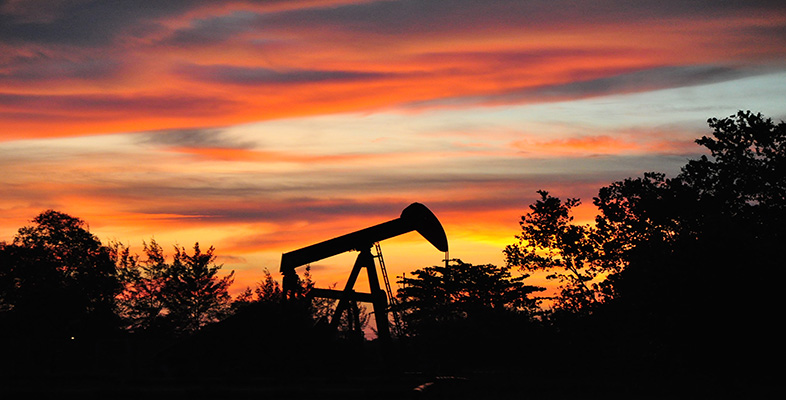8 Other pollution from conventional road transport
Recent concerns in this area have tended to focus on the problem of carbon dioxide emissions, but our current modes of road transport are also responsible for the emission of various other pollutants. You will briefly explore these here, as any alternative to oil-based road transport should address the need to minimise these pollutants as well as reduce carbon dioxide emissions.
Carbon monoxide
When any carbon-based fuel is burnt, carbon monoxide (CO) can be formed if insufficient oxygen is present.
Write out the equation in which methane gas (CH4) is burnt in oxygen gas (O2) to produce carbon monoxide gas (CO) and gaseous water (H2O).
The equation is:
CH4(g) + O2(g) → CO(g) + H2O(g)
The balanced version of this equation can be written:
Check for yourself that all the atoms on the left of Equation 4 appear on the right, and none have been lost.
Compare Equation 4 with Equation 3 in which methane burned to produce carbon dioxide. How does the amount of oxygen used in each reaction compare?
When methane is burned to produce carbon dioxide, it uses twice as many molecules of oxygen as there are of methane. When methane burns to produce carbon monoxide, it only uses 1½ times as many oxygen molecules as methane molecules (three oxygen molecules to every two methane molecules).
Carbon monoxide pollution can be a major problem in urban areas; it contributes to the formation of smog and is highly toxic - it combines with haemoglobin in the blood, which hinders the body's ability to take up oxygen. This can cause and aggravate respiratory and heart disease.
Nitrogen oxides
At the high temperatures generated in internal combustion engines, the nitrogen in air (N2) can combine with oxygen to form various nitrogen oxides - most importantly, nitrogen monoxide (NO) and nitrogen dioxide (NO2).
Write equations to show how nitrogen can combine with oxygen from the air to form both of these nitrogen oxides. You should be able to balance the equations.
To form nitrogen monoxide, NO, the equation would be:
N2(g) + O2(g) → NO(g)
and the balanced version can be written:
N2(g) + O2(g) = 2NO(g)
To form nitrogen dioxide, NO2, the equation would be:
N2(g) + O2(g) → NO2(g)
and the balanced version can be written:
N2(g) + 2O2(g) = 2NO2(g)
Together nitrogen monoxide and nitrogen dioxide are referred to as NOx. Collectively, nitrogen oxides are toxic, lead to the formation of severe acid rain, are greenhouse gases in their own right and are responsible for the formation of tropospheric ozone (see below).
Particulates
Diesel engines emit tiny dust-like particles of soot and other substances, known collectively as particulates, which are responsible for respiratory problems and thought to be carcinogenic (cancer-causing). They also contribute to smog formation.
Volatile organic compounds (VOCs)
These are carbon-based (organic) compounds that evaporate easily into the air - they are volatile. Various VOCs are emitted as a result of using diesel and petrol fuels. Many of them are carcinogenic and because they are in the air, they are easily inhaled and can cause damage to the lungs.
Tropospheric ozone
In the upper atmosphere or stratosphere, ozone - a form of oxygen with three oxygen atoms in its molecule (O3) - is constantly being formed and broken down. It is beneficial to life on Earth since it absorbs ultraviolet (UV) light, so reducing the number of harmful UV rays reaching living organisms on the Earth's surface. However, near ground level (in the troposphere), ozone is toxic and responsible for aggravating respiratory problems in humans and reducing crop yields. Tropospheric ozone is not produced directly by internal combustion engines, but from a complex series of chemical reactions involving VOCs, nitrogen oxides and carbon monoxide. Its presence contributes to smog formation.
Question 5
Complete Table 2 which summarises the impacts of pollutants emitted as a result of combustion of oil-based road fuels. Insert chemical formulas, 'yes' or 'no', as appropriate.
| Pollutants | Chemical formula | Toxic? | Contributes to anthropogenic global warming? | Contributes to formation of severe acid rain? | Causes smog formation? |
|---|---|---|---|---|---|
| carbon dioxide | no | yes | no | no | |
| carbon monoxide | no | no | |||
| nitrogen oxides | NOx | ||||
| particulates | not applicable | unclear | no | ||
| volatile organic compounds (VOCs) | not applicable | no | |||
| tropospheric ozone | no |
Answer
See Table 3.
| Pollutants | Chemical formula | Toxic? | Contributes to anthropogenic global warming? | Contributes to formation of severe acid rain? | Causes smog formation? |
|---|---|---|---|---|---|
| carbon dioxide | CO2 | no | yes | no | no |
| carbon monoxide | CO | yes | no | no | yes |
| nitrogen oxides | NOx | yes | yes | yes | yes |
| particulates | not applicable | yes | unclear | no | yes |
| volatile organic compounds (VOCs) | not applicable | yes | yes | no | yes |
| tropospheric ozone | O3 | yes | yes | no | yes |
